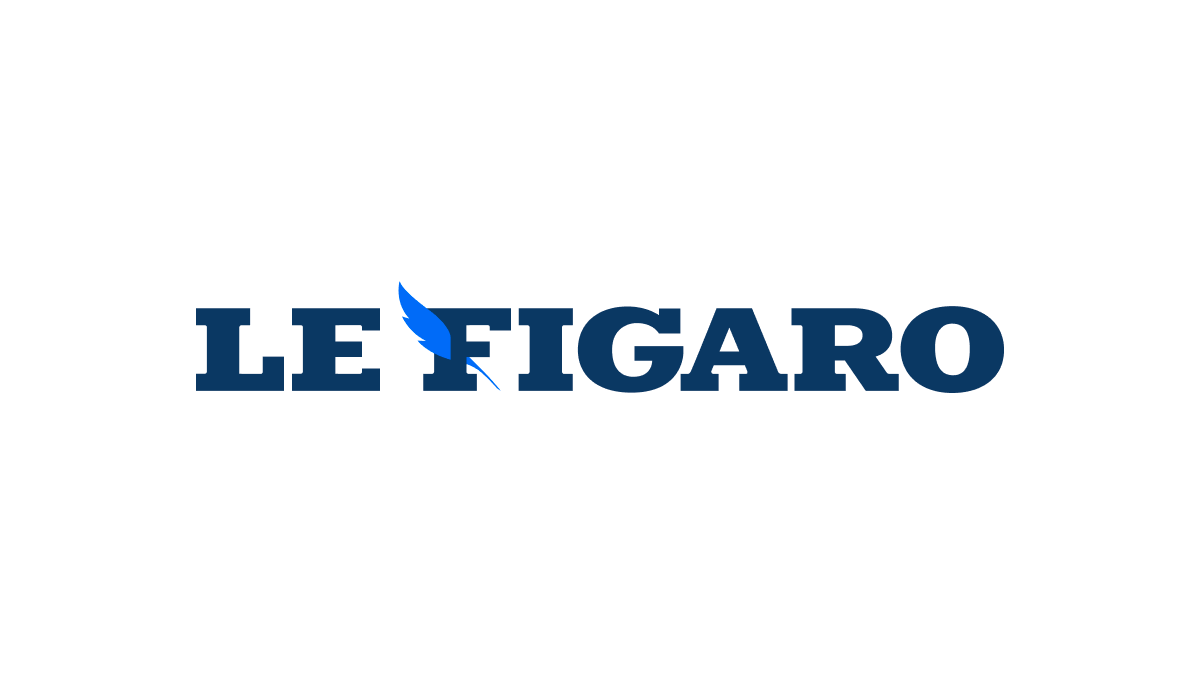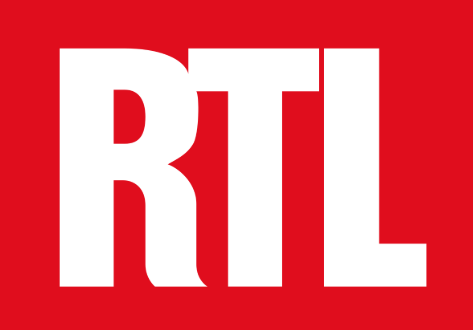
Paris-Berlin en 2026 : quel rôle pour le tandem franco-allemand ?
La Journée franco-allemande du 22 janvier offre l’opportunité de s’interroger sur les capacités et les limites du moteur franco-allemand : est-il encore en mesure d’entraîner l’Europe ou doit-il repenser en profondeur ses équilibres et ses ambitions ?
Titre bloc à la une
À la une
Voir toutes nos analyses
La fabrique de la politique européenne de l’Allemagne
L’ambition européenne de Friedrich Merz est de faire de l’Allemagne, souvent perçue comme hésitante, un acteur de premier plan de l’Union européenne. À cette fin, le chancelier allemand a annoncé vouloir mettre un terme au « German vote ». Celui-ci incarne le paradoxe d’une Allemagne à la fois indispensable et fréquemment absente dans la décision européenne.
Thomas Gomart : « En s’en prenant ainsi à l’allié danois, Donald Trump oblige les Européens à la réaction »
Historien de formation et spécialiste de la Russie, Thomas Gomart dirige depuis une décennie l’Institut français des relations internationales (Ifri). Il publie ce 22 janvier Qui contrôle qui ? Les nouveaux rapports de force mondiaux (Éditions Tallandier, 256 p.)
Donald Trump et Emmanuel Macron un nouveau bras de fer diplomatique ?
Les invités de cet episode sont : Dominique Simonet, spécialiste des Etats-Unis ; Arnaud Tousch, correspondant de RTL et M6 aux États-Unis ; Eléonore Caroit, ministre déléguée de la Francophonie, Partenariats internationaux et des français de l'étranger ; Thomas Despre, journaliste politique RTL et Laurence Nardon, chercheuse, responsable du programme Amériques à l'Ifri (Institut Français des Relations Internationales).

Événements à venir
L’équation énergétique de l’IA en Europe : entre compétitivité et soutenabilité
Moyen-Orient : perspectives 2026
Titre
En ce moment
Titre
À regarder et écouter

Replay - L’économie européenne et ses entreprises face au risque géopolitique : approches croisées
Les tensions géopolitiques deviennent une contrainte et une source de risque majeure pour l’économie européenne et ses acteurs privés comme publics.


Les nouvelles dynamiques internationales : les nouvelles dimensions de la guerre
À l’occasion des 200 ans du Figaro, Philippe Gélie reçoit au Grand Palais, Giuliano da Empoli et Thomas Gomart.

Interventionnisme militaire : peut-on faire la démocratie par la guerre ?
Éviction-éclair de Nicolas Maduro, possible opération militaire en Iran... Une fois encore, c'est en faiseur de paix que Donald Trump se met en scène. Si l'interventionnisme militaire a une histoire longue, Trump, impose-t-il toutefois un nouveau tournant ?


Groenland : l'Europe peut-elle vraiment s'opposer à Trump ?
Les invités de cet épisode du podcast "On refait le monde" sont : Jean-Louis Lozier, ancien commandant de sous-marin e
Titre mis en avant
Écoutez le podcast « Le monde selon l'Ifri » !
Présenté par Marc Hecker, directeur exécutif de l'Ifri, ce podcast livre des clés de compréhension des enjeux géopolitiques d'aujourd'hui. 2 épisodes sortent chaque mois.

Comprendre le monde d'aujourd'hui pour mieux préparer demain

Depuis plus de 45 ans, l’Ifri place les relations internationales au centre des discussions au profit de l’intérêt général.
Soutenez une recherche française indépendante
L'Ifri, fondation reconnue d'utilité publique, s'appuie en grande partie sur des donateurs privés – entreprises et particuliers – pour garantir sa pérennité et son indépendance intellectuelle. Par leur financement, les donateurs contribuent à maintenir la position de l’Institut parmi les principaux think tanks mondiaux. En bénéficiant d’un réseau et d’un savoir-faire reconnus à l’international, les donateurs affinent leur compréhension du risque géopolitique et ses conséquences sur la politique et l’économie mondiales. En 2025, l’Ifri accompagne plus de 80 entreprises et organisations françaises et étrangères.

































